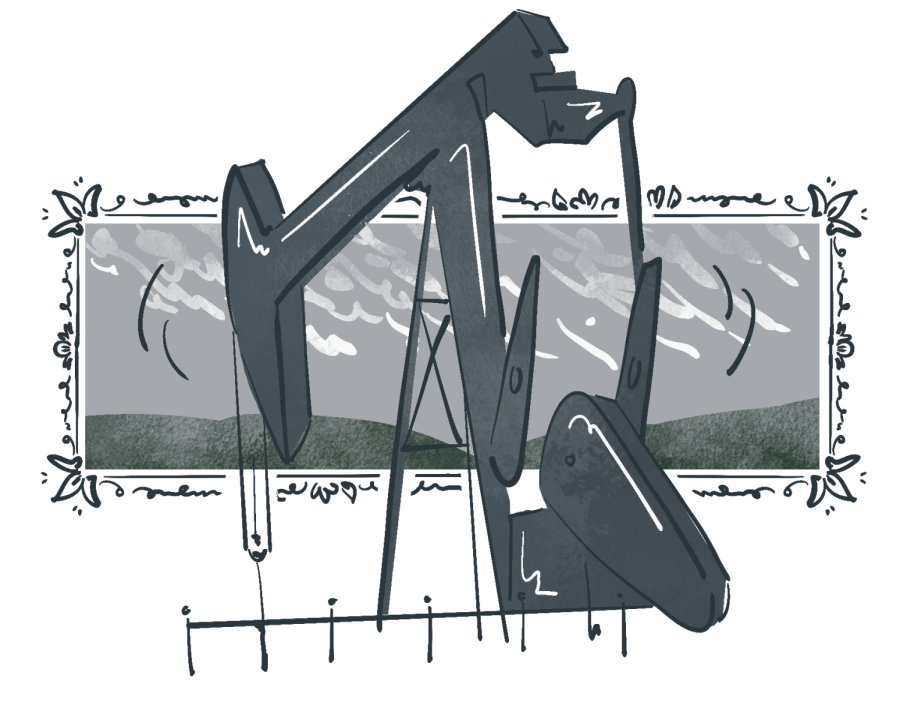Oil, gas production activity found to be likely cause of earthquakes in West Texas, New Mexico by UT-Austin researchers
July 14, 2022
UT researchers found oil and gas production activities are the likely cause of increased earthquakes in West Texas and New Mexico, according to a recent study.
The Delaware Basin, stretching through West Texas into New Mexico, is a region known for its oil and gas production. Prior to the study, researchers knew earthquakes had become more frequent in the region since 2009. They analyzed about 5,000 earthquakes with a magnitude above 1.5 from 2017 to 2020 and found that 68% were likely to be caused by the oil and gas production activities of hydraulic fracturing and or wastewater injection.
“In both cases, we have a human induced force that is somehow providing a seismic slip, and that seismic slip is coming up as an earthquake,” said Alexandros Savvaidis, one of the study’s authors and researcher at the UT Bureau of Economic Geology.
Hydraulic fracturing is the process of using highly pressurized liquid (water, sand or chemicals) to fracture bedrock and create the flow of oil and natural gas for extraction.
Oftentimes after practicing hydraulic fracturing, companies will inject the wastewater created by oil and gas extraction underground to avoid polluting water sources nearby. Savvaidis said while other studies have been successful in linking isolated earthquakes to hydraulic fracturing, the UT researchers were able to link earthquakes in the Delaware Basin to both hydraulic fracturing and wastewater injection.
Researchers found that 13% of the earthquakes analyzed were caused by hydraulic fracturing alone. Savvaidis said this number was higher than expected, likely because of the impacts of wastewater injection in the region.
The study found that 43% of the earthquakes analyzed were caused by wastewater injection into shallow sedimentary formations and 12% were caused by wastewater injection into deep sedimentary formations. Savvaidis said shallow and deep wastewater injection lead to an increase in the pressure of liquid in between rocks, which causes earthquakes.
Wastewater injection into shallow rock formations at a depth of three to four kilometers from the lowest layers of rock, or basement rock, caused more of the earthquakes, according to the study. However, wastewater injection into deep sedimentary formations at a depth of one to two kilometers from basement rock caused earthquakes that were more intense.
“Deeper earthquakes that are close to the boundary between sedimentary formations and the basement reactivate what we call basement rooted faults,” Savvaidis said. “Usually those faults are longer in length compared to the shallow faults and also the formation itself is more brittle, and those two parameters actually can be the cause of having high magnitude earthquakes.”
Savvaidis said it is not typical for Texas to have high magnitude earthquakes and it’s important that it is kept that way. He said he and the other authors of the study, UT researchers Iason Grigoratos and Ellen Rathje, are working with wastewater injection companies to provide insight into decreasing the amount of earthquakes in the area. Savvaidis could not share the names of the companies with The Daily Texan, but said they would become publicly available soon.
“The industry seems to be more engaged on this, and trying to (work) with us, use our monitoring capabilities and understand the seismicity, so eventually there (will not be a) high amount of earthquakes,” Savvaidis said.












